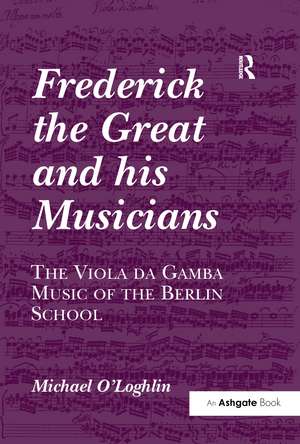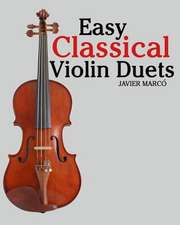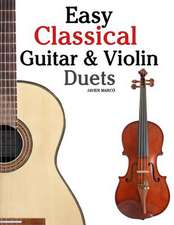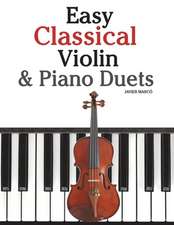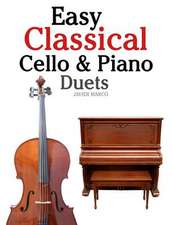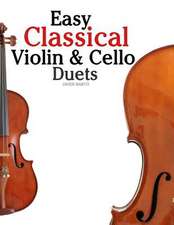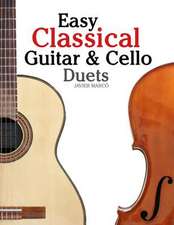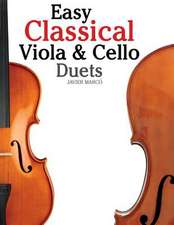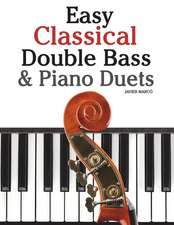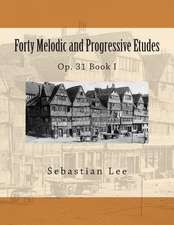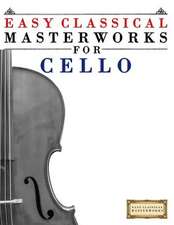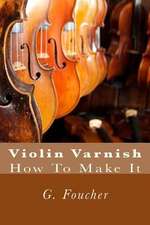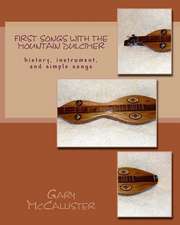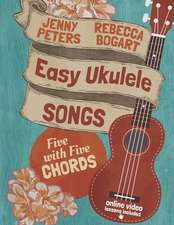Frederick the Great and his Musicians: The Viola da Gamba Music of the Berlin School
Autor Michael O'Loghlinen Limba Engleză Paperback – 28 noi 2016
| Toate formatele și edițiile | Preț | Express |
|---|---|---|
| Paperback (1) | 489.26 lei 6-8 săpt. | |
| Taylor & Francis – 28 noi 2016 | 489.26 lei 6-8 săpt. | |
| Hardback (1) | 1054.71 lei 6-8 săpt. | |
| Taylor & Francis – 26 noi 2008 | 1054.71 lei 6-8 săpt. |
Preț: 489.26 lei
Nou
Puncte Express: 734
Preț estimativ în valută:
93.62€ • 97.95$ • 77.77£
93.62€ • 97.95$ • 77.77£
Carte tipărită la comandă
Livrare economică 02-16 aprilie
Preluare comenzi: 021 569.72.76
Specificații
ISBN-13: 9781138257634
ISBN-10: 113825763X
Pagini: 272
Dimensiuni: 156 x 234 x 18 mm
Greutate: 0.45 kg
Ediția:1
Editura: Taylor & Francis
Colecția Routledge
Locul publicării:Oxford, United Kingdom
ISBN-10: 113825763X
Pagini: 272
Dimensiuni: 156 x 234 x 18 mm
Greutate: 0.45 kg
Ediția:1
Editura: Taylor & Francis
Colecția Routledge
Locul publicării:Oxford, United Kingdom
Cuprins
Contents: Foreword; Introduction; Berlin and the Berlin school; The sources; The forms and genres used in the Berlin gamba music; Alternative instrumentation for the viola da gamba parts; Ludwig Christian Hesse; The composers and their works; Conclusion; Appendix; Bibliography; Index.
Notă biografică
Michael O’Loghlin is a musicologist, music educator, editor and professional orchestra musician based in Brisbane, Australia. He received his B.A. from the University of Sydney and his Ph.D from the University of. Queensland. He is now an Honorary Research Adviser at the School of Music, U.Q.
Recenzii
Frederick the Great and his Musicians, with its detailed account of the sources and its thematic catalogue of sources and modern editions, will doubtless play an important role in the further exploration of the repertory by scholars and gamba players. But this book has a wider importance: its rich and vivid account of the historical and intellectual context of the Berlin musical world will enable anyone equipped with it and a CD player to bring this fascinating cultural world to life. Peter Holman, University of Leeds, UK, from the Foreword. ’Michael O’Loghlin has produced a significant study of the hitherto under-researched school of virtuoso viol playing at Frederick the Great’s court in Berlin. ... valuable and carefully researched.’ Eighteenth-Century Music ’...[a] tremendously important contribution to our knowledge... this book offers an indispensable guide to a previously largely unknown repertoire - one which is clearly of crucial importance for our knowledge of the history of the gamba and, indeed, of music at the Berlin court during the eighteenth century more generally.’ Viola da Gamba Society Journal ’... superb... a book written with love and care, one that professional and amateur gamba players, as well as scholars of 18th-century German music, have been awaiting for quite a long time.’ Early Music America ’Going beyond Ernest Helm’s 1969 monograph on the composers of the Berlin school, O’Loghlin’s account brings new details and interpretations to this repertoire, some of which has only been available in German primary and secondary sources until now...the book [is] indispensible for English language musicology... O'Loghlin's account of gamba music and the Berlin school of musical composition is recommended reading for general and specialist music historians, analysts, theorists, performers and advanced students of music.’ Musicology Australia ’With its exhaustive discussion of sources and detailed lists of alter
Descriere
After decades of stagnation, the performing arts began to flourish in Berlin under Frederick the Great. A group of musician-composers were recruited who were to form the basis of a brilliant court ensemble, including C.P.E. Bach and the Graun brothers, encouraged by the presence of Ludwig Christian Hesse. They wrote music for the viola da gamba, an instrument which was already becoming obsolete elsewhere. This study shows how the unique situation in Berlin produced the last major corpus of music written for the viola da gamba, and how the more virtuosic works were probably the result of close collaboration between Hesse and the Berlin School composers. The book will appeal to professional and amateur viola da gamba players as well as to scholars of eighteenth-century German music.
